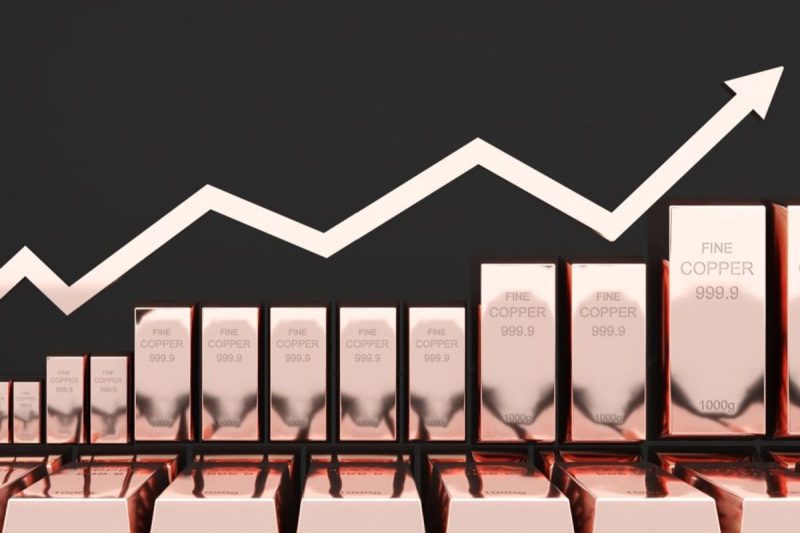Copper’s 2024 trajectory and the neatly two year high set this week are signaling the onset of the metal’s second bull market of the century, according to analysts.
Over the past two months, prices have surged by more than 15.75 percent, fueled by disruptions in mining operations that threatened refined copper production in China, a major global supplier.
“The recent disruptions to major mines are starting to ripple through the industry,” said ANZ Bank strategist Daniel Hynes. “A group of 13 major copper smelters in China is preparing for a possible 10 percent production cut due to a collapse in treatment and refining charges.”
This supply squeeze also comes at a time of booming demand driven by ongoing decarbonization measures and the widespread adoption of electric vehicles (EV), which had led to a price jump of 10.49 percent since January.
Ewa Manthey, commodities strategist at ING, believes that the prolonged price upsurge can be attributed to global supply deficits.
“The main catalyst for copper’s rally is the unexpected tightening in the global mine supply, most notably First Quantum’s (TSX:FM,OTC Pink:FQVLF) mine in Panama, which has removed around 4000,000 tonnes of the metal from the world’s annual supply.
“In addition, Anglo American (LSE:AAL,OTCQX:AAUKF),said it was cutting output by 200,000 tonnes. And Codelco, the world’s biggest copper producer, is struggling to recover from the lowest output in a quarter of a century,” she added.
Analysts at Bank of America (NYSE:BAC) also believe that a copper supply crisis is imminent, citing a lack of new mine projects. This, coupled with the ongoing demand surge, has led to bumped up copper price forecasts to over US$10,000 per tonne by the fourth quarter.
Adding fuel to the fire is China’s economic recovery. Positive signs like a strong Purchasing Managers’ Index (PMI) and rising exports are raising hopes for a renewed surge in Chinese copper demand. This, alongside the continued supply deficit, is putting significant upward pressure on copper prices.
The situation is further compounded by Chinese smelter cutbacks due to shrinking profit margins. With spot treatment charges plummeting to record lows, smelters are looking to curb output in response to the tighter copper ore market.
During the 2000s bull market, copper prices surged more than fivefold in three years, owing to the rapid urbanization and industrialization in China. Analysts suggest a similar trend could unfold over the next three years, urging corporate consumers to hedge their copper exposures.
Prices have remained relatively resilient, pointing towards strong market sentiment. Other base metals, including zinc, also experienced gains amidst concerns over Chinese output risks.
Exploration challenges threaten future supply
Copper supply woes are not a relatively new concept. As the market continues to tumble towards the inevitable deficit, decades-old problems affecting production have continued to persist.
For instance, the decline in exploration spending has disproportionately impacted junior mining companies. These companies, which are often vital for early-stage discovery, witnessed an 8 percent drop in exploration expenditures in 2023.
Junior explorers play a key role in finding new copper deposits. The lack of investment makes it difficult for them to secure funding for the high-risk, high-reward exploration projects needed to identify the next generation of copper mines.
While overall copper exploration funding saw a 12 percent increase to address this, the majority of these investments – around US$3.12 billion in 2023 – went towards existing or near-production assets instead of discovery.
Copper’s positive price fundamentals have prompted analysts to anticipate further increases in the coming months.
As of 9:57am ET the red metal was trading for US$9,374 per tonne, on the London Metal Exchange.
Securities Disclosure: I, Giann Liguid, hold no direct investment interest in any company mentioned in this article.

